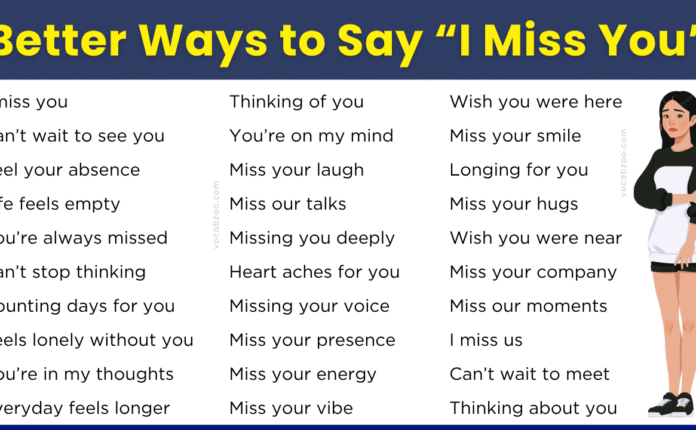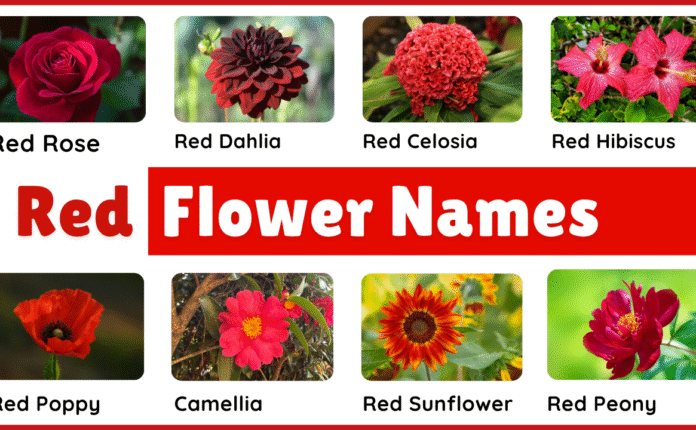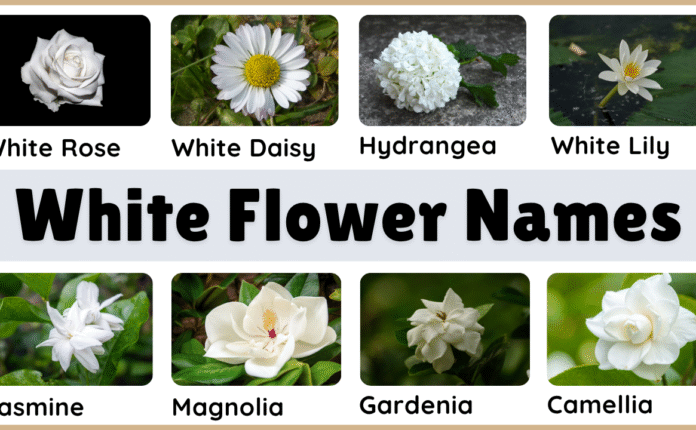Colors make our world bright, beautiful, and expressive. Every shade has its own feeling and meaning. Some colors are very common, like red, blue, or green. But today, we’ll learn about unique colors—the ones that sound cool, look different, and make your words or designs stand out.
This article will help you understand what unique colors are and how they are used and give you a list with pictures to easily recognise them.
What are Unique Colors?
Unique colors are special shades that are not commonly used in everyday life. These colors have interesting names and give a creative touch to your art, design, or writing.
For example: Instead of saying light pink, you can say rose quartz.
Instead of dark blue, you can say midnight blue.
These names sound more attractive and specific.
Why Learn Unique Colors?
Knowing different color names helps you:
- Describe things better (for writing, art, or fashion).
- Improve your English vocabulary.
- Express feelings and style in a more creative way.
Unique Color Names
| Color Name | Color Code (HEX) | Shade Description |
|---|---|---|
| Coral | #FF7F50 |
A soft pinkish-orange shade |
| Olive | #808000 |
A dark yellow-green tone |
| Sapphire | #0F52BA |
A bright gemstone blue |
| Amber | #FFBF00 |
A warm golden-yellow colour |
| Lilac | #C8A2C8 |
A pale purple shade |
| Crimson | #DC143C |
A deep red colour with a hint of pink |
| Ivory | #FFFFF0 |
A creamy off-white shade |
| Mauve | #E0B0FF |
A light purple with a grey tone |
| Magenta | #FF00FF |
A bright purplish-pink shade |
| Copper | #B87333 |
A reddish-brown metallic tone |
| Bronze | #CD7F32 |
A dark metallic brown-gold colour |
| Champagne | #F7E7CE |
A soft pale beige-golden tone |
| Plum | #8E4585 |
A dark purplish-red shade |
| Fuchsia | #FF00FF |
A vivid pinkish-purple (similar to magenta) |
| Ochre | #CC7722 |
A natural earthy yellow-brown shade |
| Indigo | #4B0082 |
A deep blue-violet shade |
| Ruby | #E0115F |
A bright deep pinkish-red gemstone colour |
| Emerald | #50C878 |
A rich green gemstone tone |
| Amethyst | #9966CC |
A soft violet-purple gemstone shade |
| Topaz | #FFC87C |
A golden yellow-orange gemstone tone |

Unique Colors in Different Contexts
Unique colors are not only used in painting or fashion but also in writing, interior design, and branding.
1. In Art & Design:
Artists use cerulean or sapphire to describe deep blue tones.
2. In Fashion:
A dress may be ivory, peach, or coral instead of plain white or pink.
3. In Home Décor:
Wall colours like olive and charcoal give a modern look.
4. In Writing:
Writers use unique colours to make descriptions more interesting — e.g., “The crimson sky warned of a coming storm.”
Learning unique colour names helps you speak and write better English. It also makes your communication, art, and design more creative and stylish. So, the next time you describe something, try using a special colour name instead of a basic one — it will make your words more vivid and elegant.
FAQs about Unique Color
What are unique color names?
Unique color names are special or uncommon names used to describe shades that are different from basic colors like red, blue, or green. They make writing, art, and design sound more creative and interesting.
Why should I learn unique color names?
Learning unique color names helps you describe things more clearly and beautifully. It improves your English vocabulary and makes your writing, fashion, or design ideas stand out.
What are some examples of unique colour names?
Examples include : Amber, Cerulean, Coral, Lavender, Teal, Turquoise, Emerald, and Crimson.
These names show richer and more detailed shades of common colours.
How can I use unique colour names in daily life?
You can use them when talking about clothes, design, nature, or art.
Example: “She wore a mint green dress.”
Example: “The sky looked cerulean today.”
Are unique color names used in English writing?
Yes, writers and designers often use unique color names to make their descriptions more vivid and expressive — for example, saying crimson sunset instead of red sunset.
Read More



